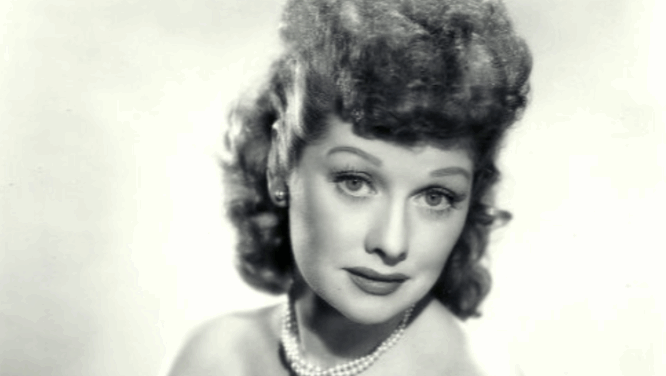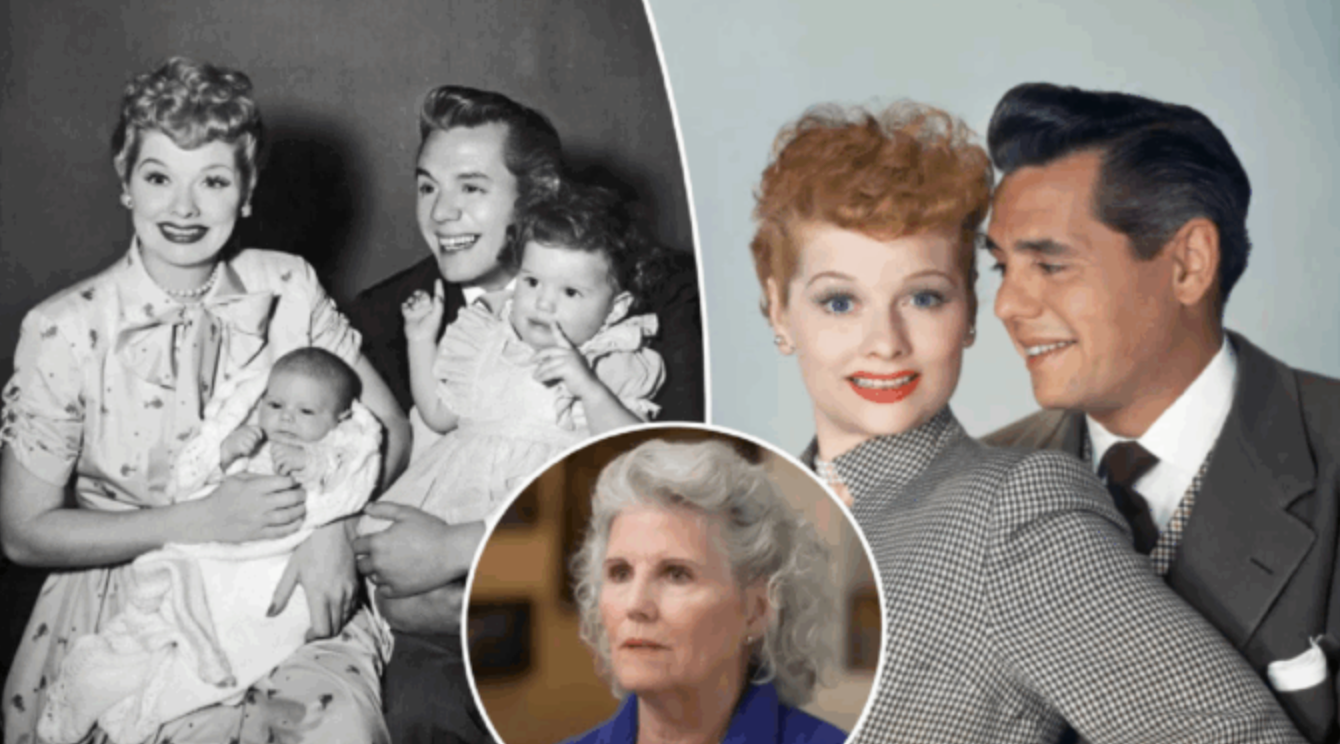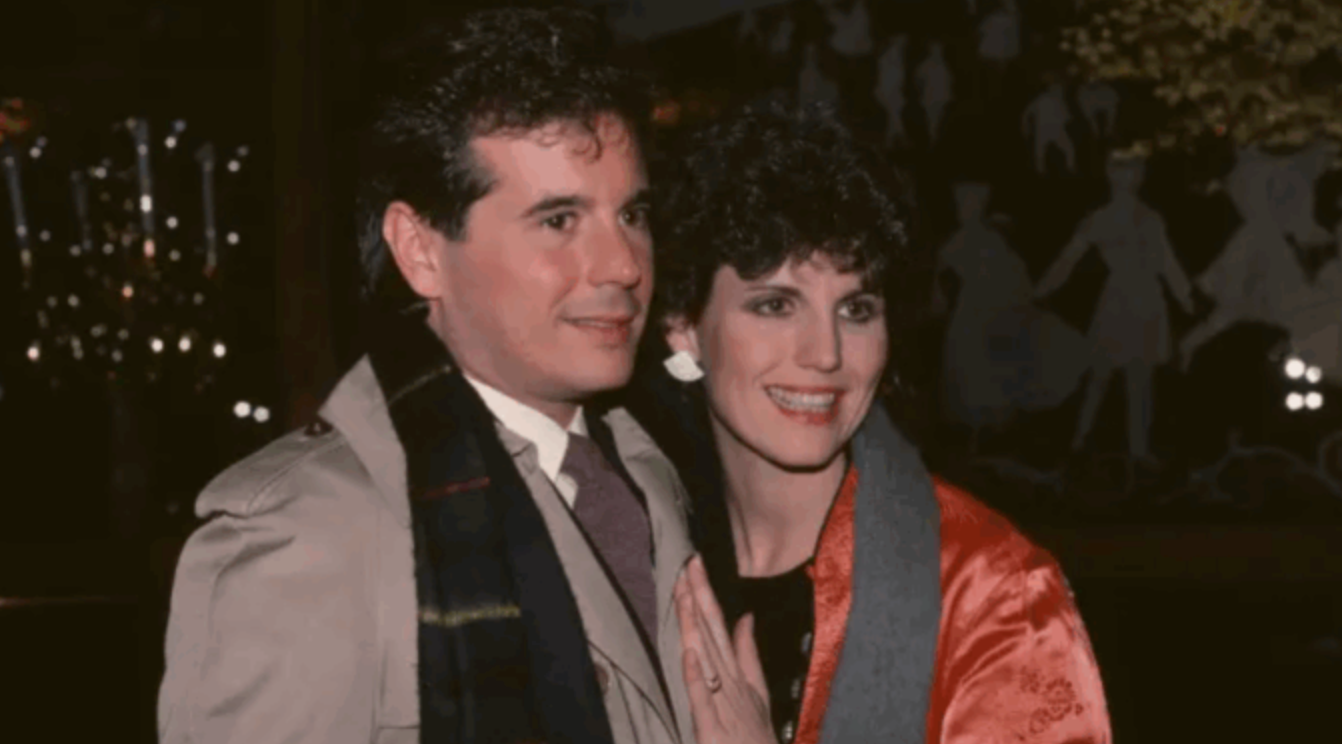10 I Love Lucy Behind-the-Scenes Secrets That Even Long-Time Fans Might Not Know!
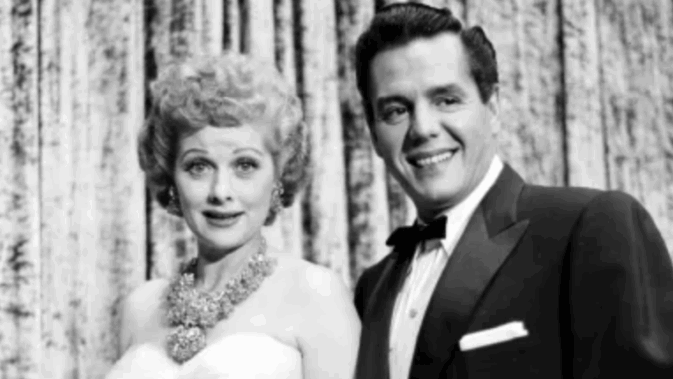
I Love Lucy isn’t just a beloved sitcom; it’s a cultural touchstone that revolutionized television. For years, millions of viewers followed the hilarious antics of Lucy Ricardo and her family, thinking they knew every detail of the show. But did you know there are some behind-the-scenes secrets that even the most dedicated fans might find shocking? Let’s dive into 10 fascinating facts about the making of this iconic series!
1. Lucille Ball Actually1… Hated Chocolate When Filming the Legendary “Job Switching” Episode
One of the most famous scenes in I Love Lucy history is the “Job Switching” episode, commonly known for the hilarious chocolate factory sequence. In this iconic moment, Lucy and Ethel scramble to keep up with the speeding conveyor belt, stuffing chocolates into their mouths in a chaotic frenzy. It’s a scene that has had fans in stitches for decades.
But here’s the twist: Lucille Ball, in real life, did not like chocolate! Despite her incredible performance in the scene, she actually wasn’t a fan of the sweet treat. She only agreed to film the segment because it worked perfectly with the comedy, and those distressed expressions on her face as she chewed the candy? Well, they were partly genuine. Irony at its finest—and a testament to Lucy’s extraordinary ability to turn even the most uncomfortable situations into comedic gold!
2. The “Reluctant” Birth of the 3-Camera Setup
Before I Love Lucy, most television shows were filmed live using a single camera. But Lucille Ball and her husband Desi Arnaz, who played Ricky Ricardo, wanted to make the show in Los Angeles, where they could be close to their family instead of filming in New York. However, they faced a challenge: how could they ensure high-quality footage while avoiding the need to reshoot scenes?
Enter Karl Freund, a technician who revolutionized television production. Freund proposed using three 35mm film cameras simultaneously—a groundbreaking idea at the time. One camera would focus on close-ups, the second would capture medium shots, and the third would cover wide shots. This allowed the crew to capture multiple angles in a single take, ensuring continuity without the need for cuts or reshoots.
This innovative technique laid the foundation for what we now know as the multi-camera setup, a hallmark of sitcoms that’s still widely used today. It provided depth to the action, allowed for more seamless editing, and helped define the style of sitcoms for decades to come.
3. The Studio Audience Was Real and Lived Every Moment
Even though I Love Lucy was filmed on 35mm film, it still included a live studio audience—and this wasn’t a fake laugh track added in post-production. The audience’s genuine laughter was a critical part of the show, providing a real-time connection between the actors and the viewers. This interaction helped motivate the cast and allowed them to adjust their performances based on the immediate reactions they received.
However, to maintain optimal audio quality, the audience was asked not to applaud, but to focus solely on laughing. This resulted in the show’s iconic, explosive laughter, which became a signature element of its comedic energy. The live audience, their reactions, and their laughter helped shape the atmosphere of the show, making I Love Lucy feel even more engaging and lively to its viewers.
4. Lucille Ball Was the First to Show a “Pregnant Belly” on National TV
At the time, portraying a pregnant woman on television was considered a major taboo. Network censors were strongly opposed to the idea, fearing it might be too controversial for audiences. However, Lucille Ball and her husband, Desi Arnaz, were determined to reflect Lucille’s real-life pregnancy in the show. After much back-and-forth with the network, they were allowed to include it—but with one major caveat: the word “pregnant” could never be used. Instead, the term “expecting” was substituted.
As a result, Lucy Ricardo “had a baby” at the same time Lucille Ball was expecting in real life, making this storyline one of the first times a pregnant character was written into a sitcom. This was a groundbreaking moment in television history, as it helped to break down cultural taboos surrounding female sexuality and family life, and set the stage for more realistic and relatable portrayals of everyday life on screen.
5. Desilu Studios: An Empire Born from a Sitcom
What makes I Love Lucy even more legendary is that it helped birth one of the most influential independent film studios in Hollywood at the time: Desilu Studios. Lucille Ball and Desi Arnaz, seeing the potential for success, founded the studio in 1950. Thanks to the massive success of I Love Lucy, Desilu not only grew exponentially but also acquired production facilities, allowing them to produce an array of groundbreaking television shows.
Desilu Studios became a powerhouse in the industry, and it was behind the production of iconic shows like Star Trek and The Untouchables. The fact that a sitcom—born from Lucille and Desi’s unique vision—ultimately paved the way for sci-fi blockbusters and renowned crime dramas speaks to the immense influence of the Lucy-Desi duo. Their business acumen, paired with their creative genius, revolutionized the entertainment landscape and solidified their place in television history.
6. Desi Arnaz – The “Hidden” Business Genius
While Lucille Ball was the comedic heart and soul of I Love Lucy, Desi Arnaz (who played Ricky Ricardo) was the business and production genius behind its success. His foresight and innovative thinking played a pivotal role in the show’s creation and legacy. Desi’s decision to demand ownership of I Love Lucy was groundbreaking at the time—actors typically had little control over their shows, but Desi’s demand not only changed the way television deals were made but also gave him and Lucille creative autonomy.
Perhaps one of his most significant contributions was inventing the three-camera system, which allowed I Love Lucy to be filmed efficiently while ensuring high-quality footage. This method, which included using three 35mm film cameras to capture different angles, revolutionized sitcom production and is still the industry standard for multi-camera sitcoms today.
Beyond the show itself, Desi’s business acumen helped Desilu Studios flourish. His vision and leadership laid the groundwork for modern television production, and his contributions to the entertainment world continue to have a lasting impact. Desi Arnaz’s legacy as a producer and businessman is just as significant as Lucille Ball’s as a performer, making them one of the most influential duos in TV history.
7. They Always Filmed an Extra Take For… “Safety”
During the production of I Love Lucy, the cast and crew maintained a high level of professionalism and attention to detail. One of the techniques they used to ensure a smooth editing process was the filming of extra “cover” takes for particularly challenging segments. These takes were essentially backup shots, often filmed from a different angle or with slight variations, to guarantee they had enough material to work with if there were issues with the primary footage.
This approach was especially important for scenes that required precise coordination or involved physical comedy, which could be tricky to execute perfectly on the first try. For example, in the famous chocolate factory scene, where Lucy and Ethel struggle to keep up with the conveyor belt, the actors likely filmed several takes to capture the perfect timing and reaction shots.
By having these additional takes, the production team ensured that they had enough options during the editing process, allowing them to maintain the pacing and comedic timing that made I Love Lucy so iconic. It’s a testament to the meticulous care and effort put into the show’s production, contributing to its enduring quality and timeless humor.
8. The Position of the Yellow Sofa Was Not Accidental
The iconic yellow sofa in I Love Lucy was more than just a stylish piece of furniture—it played a crucial role in the show’s innovative filming technique. Positioned strategically in the center of Lucy and Ricky’s apartment, the sofa helped facilitate the three-camera filming system, which was pioneered by Desi Arnaz and proved revolutionary for television production.
The placement of the sofa allowed the actors to move and interact comfortably within the scene, while also providing enough space for the three cameras to capture different angles. This setup ensured that the cameras could get close-ups, medium shots, and wide shots without disrupting the flow of the performance. The sofa’s position helped maintain the continuity of the scene, enabling seamless transitions between shots and allowing the audience to always stay engaged with the action, no matter which angle the cameras were capturing.
9. Desi Arnaz’s “Wah!” Was Completely Natural
Ricky Ricardo’s iconic “Wah!” whenever he discovered Lucy’s latest antics was not some scripted sound effect or post-production addition—it was Desi Arnaz’s natural, spontaneous reaction to the chaos his on-screen wife, Lucy, would inevitably cause. This signature exclamation became one of the most beloved catchphrases of the show, contributing to Ricky’s character’s hilarious frustration and giving viewers a sense of genuine, off-the-cuff comedy.
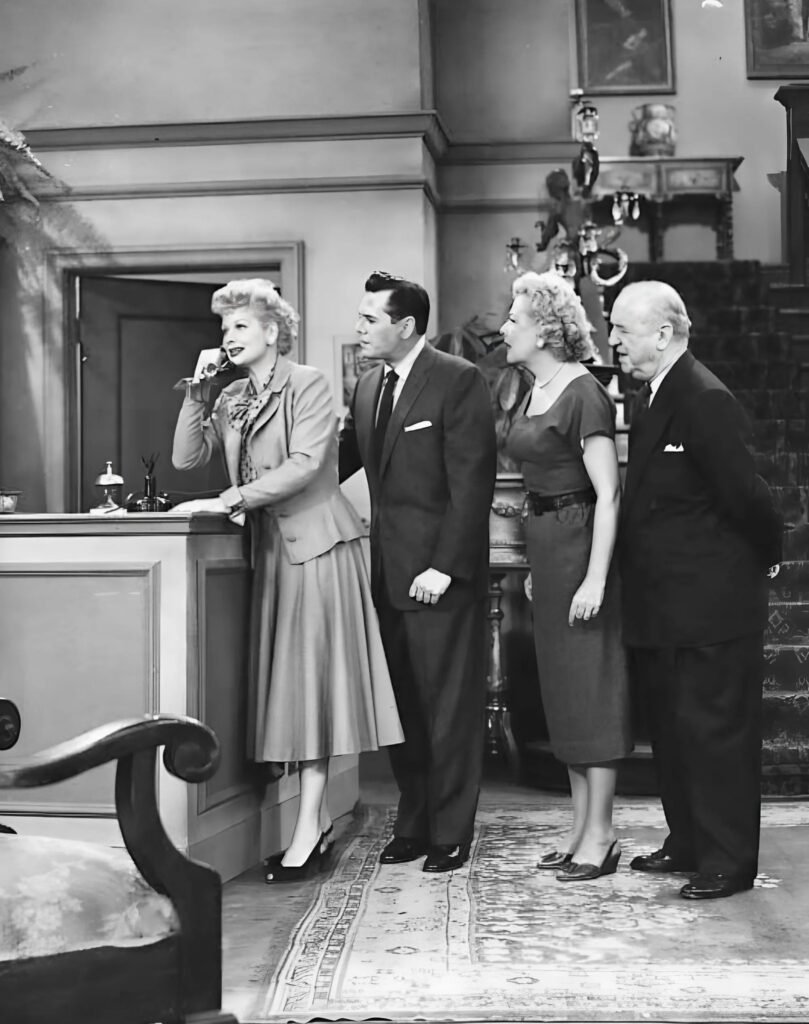
10. The Final Episode Was Watched More Than a Royal Wedding
The final episode of I Love Lucy, aired in 1957, drew an incredible 44 million viewers, surpassing even the British Royal Wedding that year. This massive viewership highlights the immense popularity and lasting affection for the Ricardo family.
